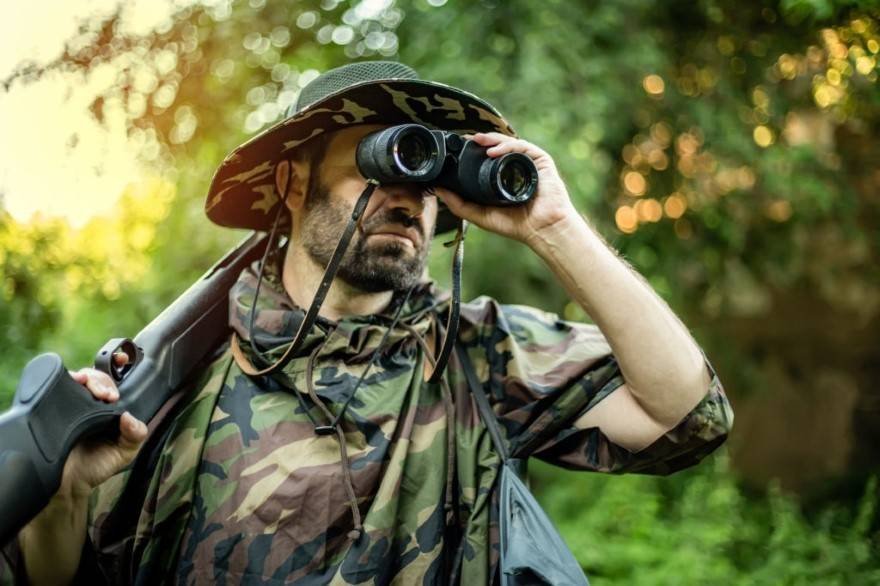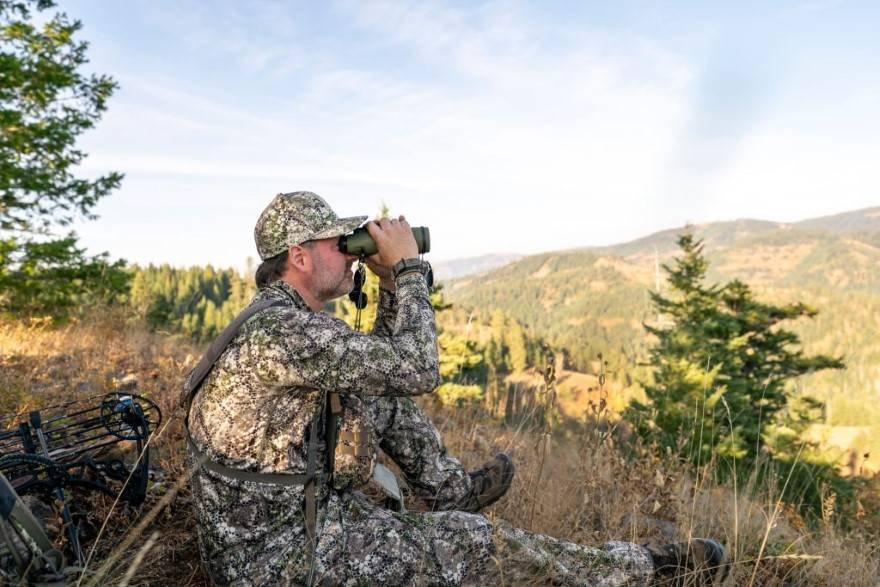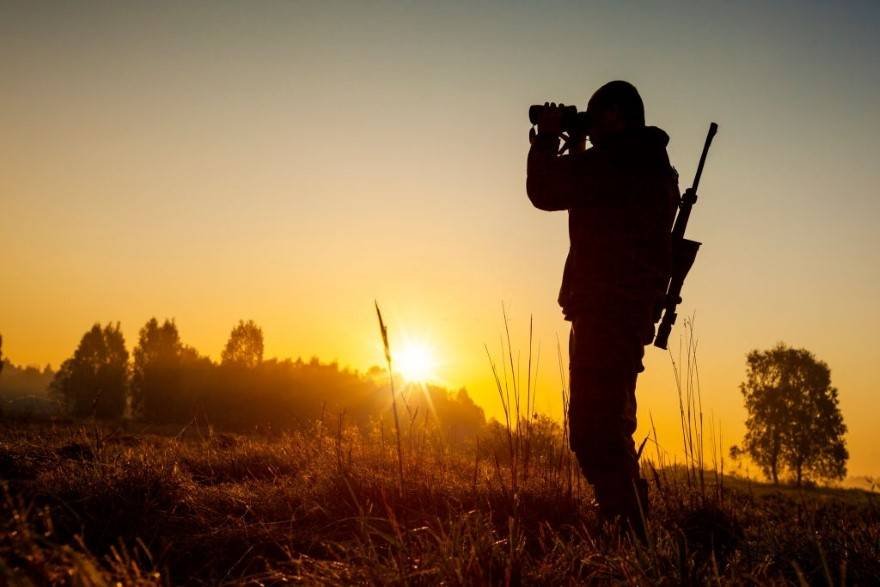In hunting, it’s not enough that you spot prey from a distance. The image you have of the target should also be crystal-clear so that you can correctly track its movements.
A good pair of binoculars should help accomplish this, whether you’re 10 or a thousand yards away from your prey. What binocular magnification is fit for your style of hunting? Also, why is the correct magnification crucial to a hunting venture?
Today, we’ll go over the answers to these questions and then some to help improve your hunting strategy. You can also check out this side-by-side comparison of binoculars popular among today’s hunters to get a clearer picture of what magnification to go for.

What Is Magnification in Your Binoculars?
Magnification is usually described as “x” in between two numbers. As such, you can see them presented as 12x50, 10x40, or 8x32. The number preceding the “x” is known as the magnification. The number after it is called the objective diameter, whose unit of measure is millimeters.
What Magnification Should You Go For?
Magnification refers to the magnifying power of a pair of binoculars, spotting scope, or rifle scope. The mechanism behind it is quite simple. The magnification number would produce an image that’s that number of times closer to the viewer.
So, if it’s eight or 10 times, that is how many times a target or object would appear closer to you. Thus, it is important not to overlook this feature when selecting a pair of binoculars. Binoculars used free-hand or sans tripod should remain effective if they fall within the 8x to 10x range. Anywhere above this range could result in blurry images.
When deciding between the two most sought-after magnifications, personal preference comes into play. That’s because you can effectively apply both in most hunting scenarios. However, the cardinal rule is you can’t do any better than an 8x magnification for Eastern hunting. In the same vein, the magnification of a 10x cannot be surpassed in wide-open fields.

What Is an Objective Diameter?
Magnification and objective diameter go together like peas in a pod. That means you can’t learn the former without also understanding the latter. Magnification has to do with the clarity of your images from a distance. Objective diameter focuses on its brightness and sharpness.
The higher the objective diameter, the sharper and more luminous the image tends to be. It then follows that an 8x25 pair of binoculars will produce a duller image than an 8x40 pair. Still, both will enlarge the target equally.
Objective diameters usually come in the 30s (30 and 32), 40s (40 and 42), and 50s (50 and 52). Still, it is hard to beat 40 for across-the-board performance. If your hunts aren’t normally binocular-dependent, you can opt for a lightweight pair within the 30 to 32 range.
On the other hand, if binoculars are a necessity for every trip, you should consider going for a 50. It might pack some weight physically, but its heavyweight performance should more than make up for that.

Other Considerations for Choosing Binoculars
Apart from binocular magnification and objective diameter, here are a few other things to keep in mind when selecting binoculars:
Coating
Binoculars make use of coatings to boost contrast and resolution. These are called phase correction coatings, and they only benefit users of a specific group of binoculars. If you are looking to purchase a pair that gets enhanced by this feature, don’t forget to double-check or ask the salesman about it.
External Coating
Nowadays, this is present in most binoculars. It functions for protection with its secure, non-slip surface. Make sure your pair has this particular feature so that it doesn’t accidentally slip away from your grip during a hunt.
Optics
You can’t go for anything less than high-quality optics. After all, that could defeat the purpose of bringing along binoculars to your hunt in the first place. Top-notch optics should be filled with either nitrogen or argon, which has fog-reducing qualities.
Binocular Harnesses
Although padded neck straps are still a go-to for many binocular-dependent hunters, they’re no longer the best alternative in this day and age. That spot is now occupied by the bounce-free chest carrier.
A chest carrier allows you to carry your binoculars safely in almost any position, whether waist-deep in mud or crawling on your hands and knees. The accessory also comes with several small pockets for things like extra rounds of ammunition, a lighter, lens cloth, and diaphragm calls.
Importance of Binocular Magnification
Every hunter hunts differently. Some need binoculars, while others don’t. If you happen to belong to the latter, it’s important to select the right pair that meets your specific hunting needs. That way, you can get crystal clear images of your targets and their movements from your usual vantage point.
Lastly, you also want to consider features that go hand in hand with magnification. Doing so will significantly increase your chances of tracking success.
